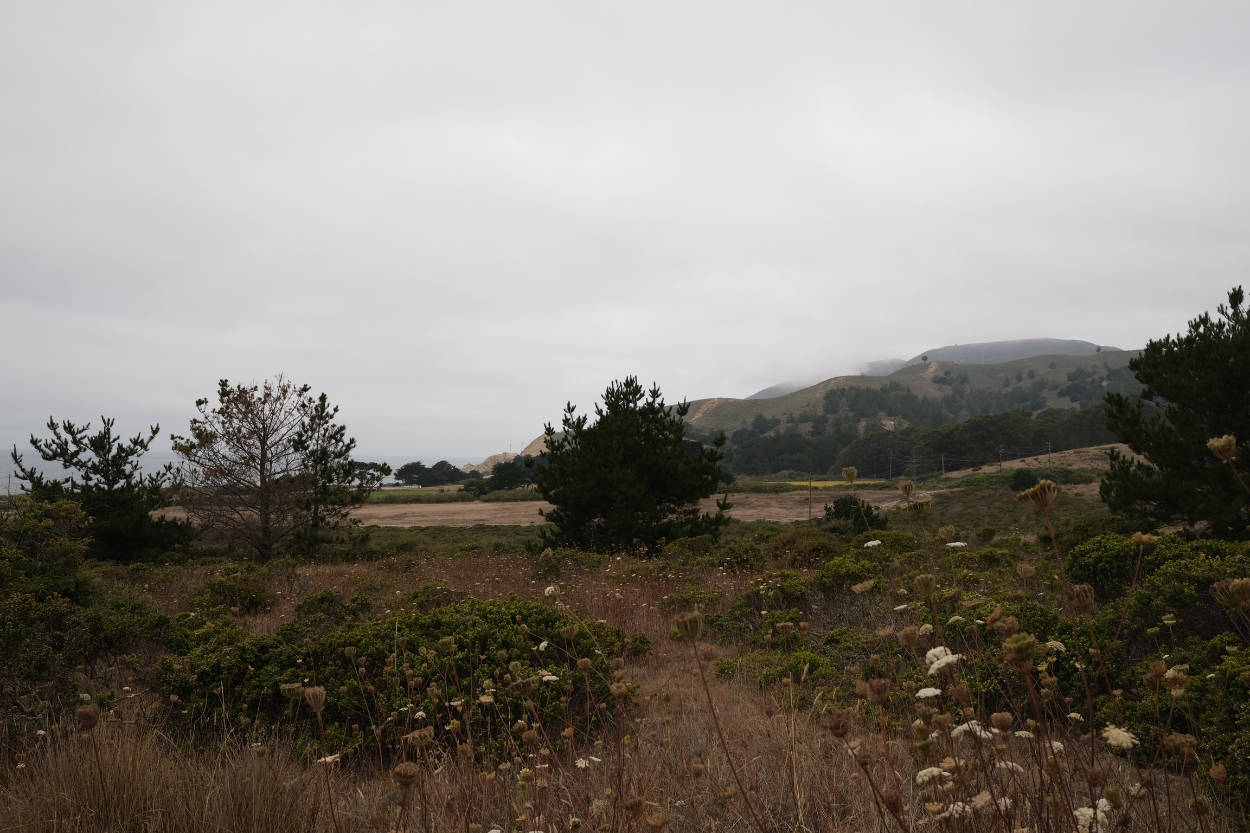Updated my Now page, contents below for posterity.
Our son arrived about a month ago 🌱, so our lives currently revolve around figuring out how this tiny human works. There have been difficult moments, particularly when I had to go back in to hospital. And it’s going to get harder when Sam is back at work. But we’re slowly getting in to the swing of things, he’s opening his eyes a lot. His baby bird noises make me laugh so much.
I feel very one-dimensional right now, but that’s ok. I expect that other facets of life will slowly return or emerge as we settle in to some sort of semi-routine, we’ll see.
Work 👩🏻💻 is on hiatus right now, I’m on maternity leave till mid-autumn 🍁. I didn’t manage to wrap everything up before leave since he arrived suddenly and earlier than expected, and there are a few small remaining things I’m going to try to sort out during nap times, but I’m pretty happy with where things ended up.
Before leave, I pushed an update to the Modern Art site modernart.net to add Vimeo embed support and to integrate new fonts with flexible type sizes following design guidance by John Morgan studio. I also finished up some work with Nick Sherman on the Variable Fonts website v-fonts.com, he pushed the updates the same day as we spoke about it for Typographics 2021. And I finally pushed a big update to corridor8.co.uk which adds Gutenberg support and refreshes some of the front end components, with design guidance by Sam.
In terms of bigger projects, I built a new site for Danish art 🎨 school Det Jyske Kunstakademi (djk.nu) designed by Sara De Bondt studio (more to come…), developed a new website for Gort Scott Architects (gortscott.com) designed by Polimekanos, and built a new website for Alison Jacques gallery (alisonjacques.com) designed by John Morgan studio. That last one was perhaps the biggest project I’ve ever taken on. The front end is deceptively complex, the information architecture is extensive, and I ended up building a custom scraper in Python to migrate over 4000 entries from their previous site.
***
Recalling those projects just now was so strange, work feels trivial in this moment. But I really enjoyed working with those people and those projects, I’m particularly proud of them, so wanted to document them a little here. Hopefully more documentation to come, we’ll see what time allows.
***
Related to work, I’ve joined Tiny Factories 🏭, though I haven’t been able to contribute much yet due to our son’s early arrival! What a lovely group, thanks to Brian Sholis for introducing me to them. Also still happy to be a part of the Feminist Open Source Investigations Group, though my involvement is pretty minimal at the moment.
What free time I have is generally spent on postpartum care and admin like applying for his passports—thank goodness for Sam’s photography 📷 capabilities and Photoshop, who knew it was so difficult to take a baby passport photo—and writing thank you notes ✉️. I thought I’d do a ton of reading while feeding and such but haven’t really had the headspace for it. Instead, I’ve been listening to podcasts like Parenting Hell (very funny!), Anwer Me This! (RIP), The Horne Section Podcast (so silly), and Unruffled (serious, but useful for a first time parent). Sam has been doing almost all of the cooking and baking recently, though I did manage to squeeze out a cauliflower, chickpea, and green pea curry last night 🥘.
Besides that, haven’t really had much extracurricular activity recently… Partly due to the arrival of our son, but also because the Delta variant 🦠 is on the rise. Such a huge bummer. I feel really fortunate to have delivered when I did since the hospital is again limiting who you can bring along for appointments and such. 😔 But I was just finally starting to make a few connections here in SF 🌁, and now it feels too risky to meet up with those people in most circumstances considering our little boy.
Sort of feels like an endless loop. But for now, I’m happy to stay in.



